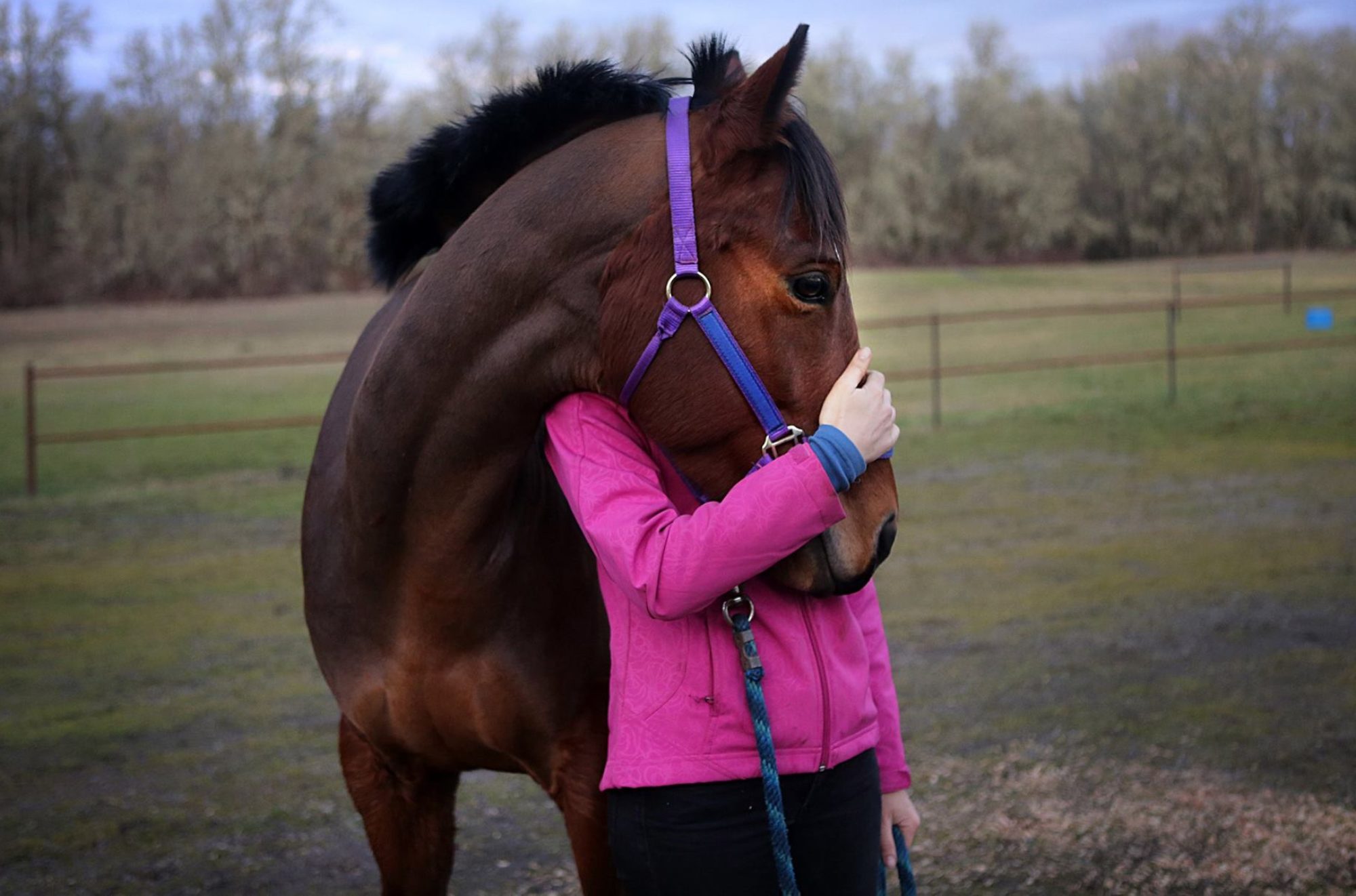
Beginning in 1998, Wes Pope has driven Route 66 with an unusual cargo: pinhole cameras he created by filling empty aluminum cans with film.
“There’s so much serendipity,” said Pope, Co-Director of the Multimedia Journalism master’s program in the School of Journalism and Communication at the University of Oregon. “I can plan and plan, but the best images in this project are not things that I planned for.”


Part of the magic of using an analog process like this exists in the letting go. Pinhole cameras require very long exposures, and in an age of digital imagery and its instant gratification, there can be value in something slow and unexpected.
“Each can, you get one shot,” Pope said. “There’s one piece of film in there… The thing about the cans, they make the aesthetic decisions even more than I do. A lens flare appears, seemingly at random.”

Pop 66 is a very personal project for Pope, and a sense of the passage of time is inherent in the images. Pope’s grandfather was born in the Oklahoma panhandle, an Okie who migrated at the beginning of the Dust Bowl. His grandparents were married in a church in Gray, Okla., and Pope photographed it when it was the last building still standing in that town. Pope also photographed the church after the building had been moved to the Museum of the Plains in Perryton, Tex..

“I’m interested in the people and the relics and the wreckage of what used to be there,” Pope said. “The organic nature of the clutter, random tourist stuff made up to make a buck before mass culture. Route 66 is an icon that has lost meaning. Originally it was a collection of mom and pops, people scraping by, people with an amazing spirit. Nothing homogeneous.”
For more information or to purchase the book, visit pop66.us

